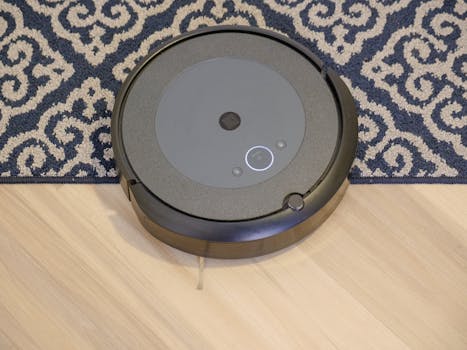
Smart Homes and Smart Living: The Technological Transformation of European Homes by 2025
Smart Homes and Smart Living is revolutionizing the way we live, work, and interact with our living spaces. As we approach 2025, European homes are undergoing a significant technological transformation, driven by advancements in home automation, artificial intelligence, and the Internet of Things (IoT). In this article, we will explore the current state of smart homes in Europe, the benefits of smart living, and what the future holds for European homeowners.
Current State of Smart Homes in Europe

The concept of smart homes is not new, but it has gained significant traction in recent years. According to a report by the European Commission, the smart home market in Europe is expected to grow from €15.6 billion in 2020 to €32.4 billion by 2025, at a compound annual growth rate (CAGR) of 13.4%. This growth is driven by increasing demand for energy efficiency, convenience, and security.
Benefits of Smart Living

Smart homes offer a wide range of benefits, including energy efficiency, convenience, and enhanced security. With smart home devices, homeowners can control lighting, heating, and cooling systems remotely, reducing energy consumption and saving on utility bills. Smart security systems, such as doorbells with cameras and motion sensors, provide an additional layer of security and peace of mind.
Future of Smart Homes in Europe

As we approach 2025, European homes will become even more connected and automated. The integration of artificial intelligence (AI) and machine learning (ML) will enable smart homes to learn and adapt to the habits and preferences of their occupants. Voice assistants, such as Amazon Alexa and Google Assistant, will become more prevalent, allowing homeowners to control their smart devices with ease.
Challenges and Opportunities

While the future of smart homes in Europe looks promising, there are challenges and opportunities that need to be addressed. One of the major challenges is the lack of standardization in smart home devices, making it difficult for homeowners to integrate devices from different manufacturers. Additionally, concerns about data privacy and security need to be addressed to ensure that smart homes are secure and trustworthy.
Conclusion

In conclusion, the technological transformation of European homes is underway, and by 2025, we can expect to see significant advancements in smart home technology. As smart homes become more prevalent, it is essential to address the challenges and opportunities that arise, ensuring that smart homes are secure, efficient, and beneficial to their occupants.






